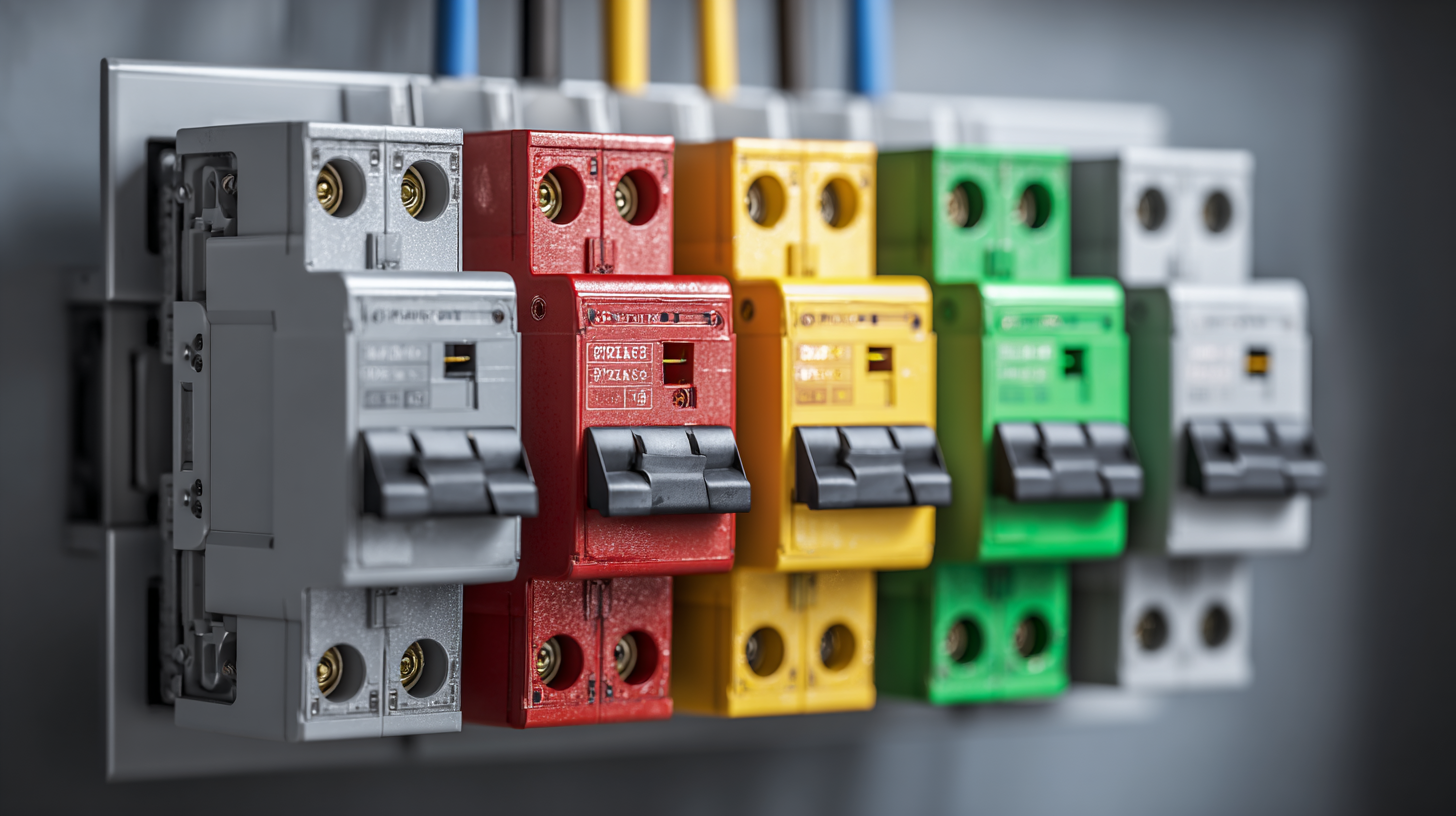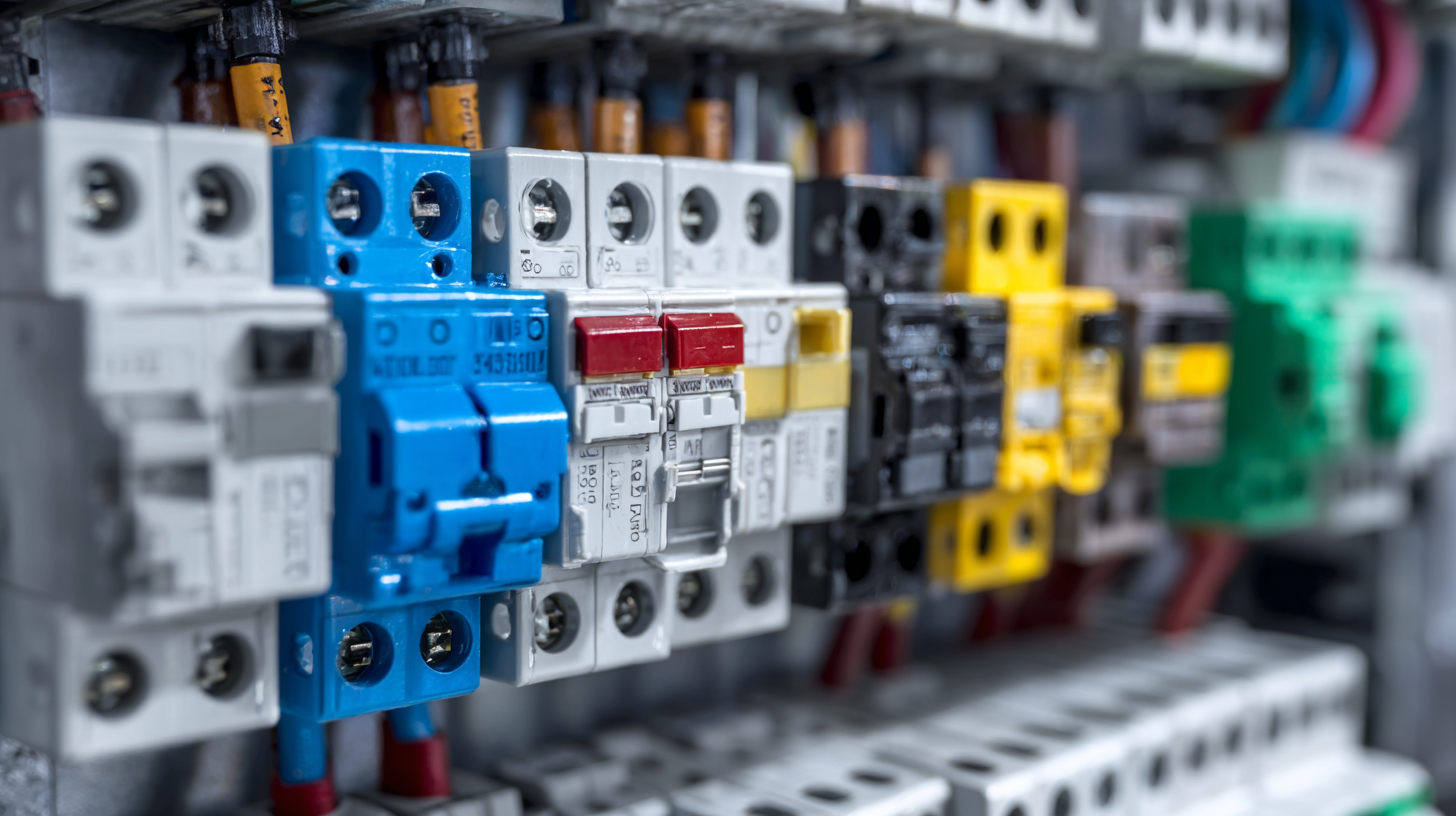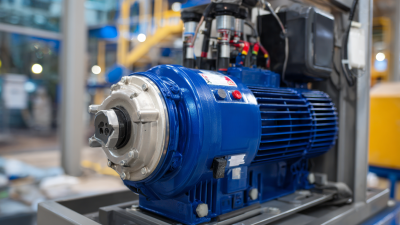How to Choose the Right Circuit Breaker for Your Home Electrical System
Choosing the right circuit breakers for your home electrical system is crucial for ensuring safety, efficiency, and reliability. Circuit breakers serve as the protective backbone of your electrical network, preventing overloads and short circuits that can lead to hazardous situations. With a variety of options available, selecting the appropriate circuit breaker can seem daunting. Factors such as amperage ratings, types of breakers, and installation requirements play significant roles in this decision-making process. Additionally, understanding the specific electrical needs of your household, including the appliances and systems in use, is essential in making an informed choice. This guide will walk you through the essential considerations and steps to help you select the circuit breakers that best suit your home, ensuring a safe and functional electrical environment.

Understanding the Basics of Circuit Breakers for Home Use
When it comes to the safety and functionality of your home electrical system, understanding the basics of circuit breakers is paramount. Circuit breakers play a critical role in protecting your home from electrical fires by interrupting the flow of electricity during overloads or short circuits. According to the National Fire Protection Association (NFPA), electrical failures contribute to over 50,000 home fires annually, highlighting the importance of having the right circuit breakers tailored to your specific needs.
When selecting a circuit breaker, consider both the voltage and amperage ratings that suit your electrical appliances and systems. For instance, homes typically require single-pole breakers for 120-volt applications and double-pole breakers for 240-volt circuits, which are commonly used for larger appliances. Additionally, ensure your electrical panel is appropriately labeled for easier identification of breakers; an inspection reveals that well-labeled panels can significantly aid in the troubleshooting process and enhance overall safety.
Recent workshops, like the one offered by ABR Electric in Frisco, emphasize the significance of DIY training for homeowners, equipping them with the knowledge and skills necessary for basic electrical work. Learning how to install or replace a circuit breaker can empower homeowners, enabling them to maintain their systems effectively, further reducing fire risk and promoting safer living environments.
Choosing the Right Circuit Breaker for Your Home Electrical System
This chart illustrates the common amperages of circuit breakers, helping homeowners understand what options are typically available for their electrical systems. The data represents the typical number of installations for each amperage, aiding in selecting the right circuit breaker.
Identifying Your Home's Electrical Needs and Load Requirements
When selecting the right circuit breaker for your home electrical system, it's crucial to first identify your home's electrical needs and load requirements. According to the National Fire Protection Association (NFPA), the average American home requires a service of at least 100 amps, although larger homes may necessitate 200 amps or more. Understanding your overall consumption helps in accurately sizing your circuit breaker, ensuring it can handle peak loads without tripping unnecessarily.
Additionally, load requirements vary significantly based on the appliances and electronics used in the home. The U.S. Department of Energy reports that household appliances represent about 20% of a home’s total energy usage. For example, high-demand devices such as ovens, washers, and central air systems may require dedicated circuits. This specific breakdown allows homeowners to calculate total amperage by considering each circuit’s maximum load, guiding them to choose circuit breakers that not only meet regulatory codes but also safeguard against overloads, thereby enhancing electrical safety and efficiency.
How to Choose the Right Circuit Breaker for Your Home Electrical System
| Load Type | Wattage | Recommended Breaker Size (Amperes) | Breaker Type |
|---|---|---|---|
| Lighting Circuits | 1200 W | 15 A | Single Pole |
| Receptacle Circuits | 2400 W | 20 A | Single Pole |
| Kitchen Appliances | 3000 W | 30 A | Double Pole |
| HVAC System | 6000 W | 40 A | Double Pole |
| Water Heater | 4500 W | 30 A | Double Pole |
Choosing the Right Breaker Type: Standard vs. GFCI vs. AFCI
When selecting the right circuit breaker for your home electrical system, it's crucial to understand the different types available:
standard, GFCI, and AFCI breakers.
Standard circuit breakers protect against overloads and short circuits, making them the most common choice for general household circuits.
However, they do not provide additional protection against ground faults or arc faults, which are essential for specific areas in a home.
 GFCI (Ground Fault Circuit Interrupter) breakers are designed to protect against ground faults, which can occur when electrical current escapes the wiring due to damage or moisture.
These are particularly important in areas with high water exposure, such as bathrooms, kitchens, and outdoor outlets.
They automatically shut off the circuit when they detect an imbalance between incoming and outgoing currents, significantly reducing the risk of electrical shock.
GFCI (Ground Fault Circuit Interrupter) breakers are designed to protect against ground faults, which can occur when electrical current escapes the wiring due to damage or moisture.
These are particularly important in areas with high water exposure, such as bathrooms, kitchens, and outdoor outlets.
They automatically shut off the circuit when they detect an imbalance between incoming and outgoing currents, significantly reducing the risk of electrical shock.
On the other hand, AFCI (Arc Fault Circuit Interrupter) breakers are intended to prevent fires caused by unintended electrical arcs.
These devices can detect the unique signature of an arc and shut off the circuit before it can cause damage.
They are highly recommended for bedrooms and living areas where older wiring poses a higher fire risk.
By understanding the distinctions between these breaker types, homeowners can make informed decisions that enhance both safety and compliance with electrical codes.
Assessing Breaker Ratings and Compatibility with Your Electrical System
When selecting the right circuit breaker for your home electrical system, assessing the breaker ratings and compatibility is crucial. Each circuit breaker is designed to handle a specific amount of electrical current, measured in amperes (amps). Homeowners should evaluate the total load of their electrical devices to choose a breaker with an appropriate rating. Generally, it’s advisable to opt for breakers that are rated slightly above your calculated load to accommodate any potential surges without tripping.
**Tips:** Always consult a professional electrician if you're unclear about your home's electrical load. They can perform an accurate assessment and help you understand how much power your household appliances consume, ensuring you don’t overload your system.
Additionally, compatibility with your existing electrical panel is another vital aspect to consider. Circuit breakers come in various types and sizes, and not all will fit in every panel. Check the manufacturer's specifications for both the panel and the breakers to ensure a correct fit.
**Tips:** Before purchasing a breaker, take note of the panel’s brand and model number. This information will help you select breakers that are designed to work with your system, minimizing the risk of malfunctions or future electrical issues.

Installation and Maintenance Tips for Optimal Circuit Breaker Performance
When it comes to ensuring optimal performance of your circuit breakers, proper installation and regular maintenance are essential. During installation, it is crucial to follow the manufacturer’s guidelines and ensure that the circuit breaker is compatible with your electrical system. Make certain that the breaker is properly rated to handle the expected load, and always test the ground fault current interrupt (GFCI) breakers to prevent electrical shocks. Additionally, ensuring the panel is free of dust and debris will help maintain effective airflow and functionality.
Regular maintenance also plays a significant role in maximizing circuit breaker performance. It is advisable to periodically inspect the breakers for signs of wear, such as discoloration or burning, which can indicate overheating or malfunction. Tightening connections is equally important, as loose wires can lead to suboptimal performance and increase the risk of failure. Keep an eye on tripped breakers, as frequent trips may signal underlying issues that need addressing. Establishing a routine check-up of your circuit breaker system not only ensures safety but also extends the lifespan of your electrical components.
Related Posts
-

Top Strategies for Enhancing Circuit Breaker Performance and Reliability in Industrial Applications
-

How to Choose the Right Circuit Breakers for Your Home and Business Needs
-

How to Optimize Energy Efficiency with Variable Frequency Drives in Your Facility
-

Essential Checklist for Choosing the Right Motor Starters in Global Supply Chains
-

Comprehensive Guide to Optimizing Your Motor and Control Solutions for Enhanced Efficiency
-

7 Essential Tips for Optimizing Your Electric Motor VFD Efficiency
